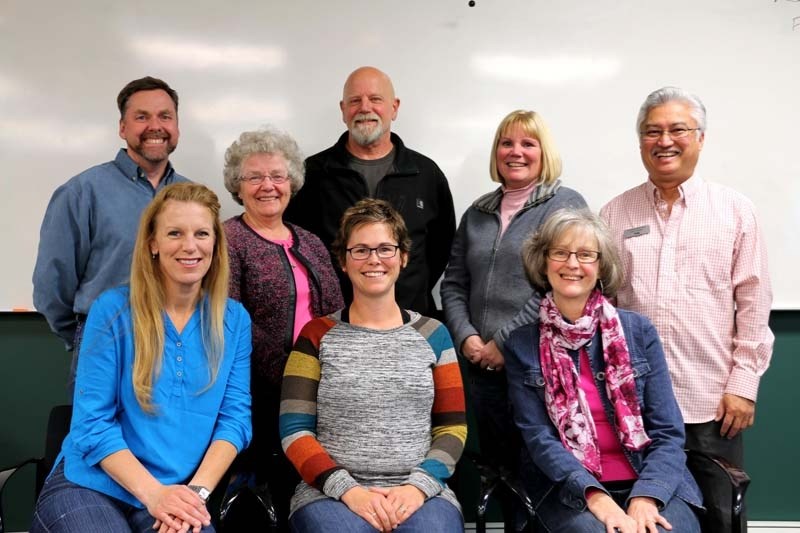For the past 20 years the Cochrane & District Youth Justice Committee has been working to help youth avoid a criminal record and make amends for their transgressions.
The committee celebrated 20 years of service last weekend.
“It helps bring families together,” said Kathy Connolly, committee member.
“Lots of offences are community based and we want to bring everyone back together.”
The committee has helped approximately 500 youth from Cochrane and surrounding area over the last two decades, working in partnership with the RCMP, the judge, the Crown prosecutor and probation in administering extrajudicial sanctions or measures to the youth.
The organization’s goal is to help young offenders between 12 and 17 be held accountable for their actions by working to address the underlying causes of the youth’s behaviour.
“It is not about guilt – we want to find out what leads up to the crime, it is usually part of a bigger problem,” Connolly explained.
The committee accepts youth who have committed a variety of crimes including possession of an illegal substance, theft, various forms of non-violent assault, uttering threats, and vandalism – from the same coverage area as the Cochrane RCMP with the exception of First Nation reservations.
“We believe youth need a second chance … you have to accept responsibility for your actions,” said Cathy Bergquist, the only remaining founding member of Cochrane & District Youth Justice Committee.
“I think (the program) is successful because it is the first time they realize the ripple effect.”
The committee members explained that each youth’s restorative process is different but typically the organization will host a meeting with the youth, parents/caretakers and the victim (if they are willing to meet). The meeting gives everyone an opportunity to talk and victims have a chance to describe how the offence affected their lives.
“Court is about guilt and fault … the kids never saw hurt or disappointment, they only saw anger and only knew their parents were mad – this helps them learn maturity and take leadership of their own lives,” Connolly said.
“(This) also gives the victim a voice and there is nothing more powerful than to talk about impact.”
Connolly and Bergquist shared a story about a young offender who was in a foster situation.
“She dressed in everything black – it is like she was living a lightless life,” Connolly said.
“When we asked about her future she said she would eventually end up in jail.”
Through the restorative justice program, the youth ended up serving community service and working alongside women who were developing programs for girls to help other girls. The committee members also assigned the girl to draw a poster illustrating her life.
“She was very creative and artistic – the poster started with a central path then branched off. One branch … she put herself behind bars, filled with theft, broken relationships and sadness. The other path was full of beauty with all other words like education, career, success, family, marriage and children,” Bergquist explained.
“She realized she could choose something, she changed paths and said she was not going back to old friends and no more drugs – the transformation was everything from appearance to attitude.”
According to a research paper by Justice Canada, there is some indication that providing offenders with a more satisfying experience within the justice system may help to reduce the rates of reoffending.
“The traditional ‘professionalized’ justice system offers offenders very little opportunity to provide input into the court process and rarely allows them the chance to make amends through meaningful restitution. Restorative programs, on the other hand, promote a setting in which all parties, including the offender, engage in meaningful participation and arrive at a collective solution for reparation,” – the paper states.
“I wanted to help families and youth and restorative justice can help everyone,” Connolly said.
For more information on the Cochrane & District Youth Justice Committee, email members at [email protected]




